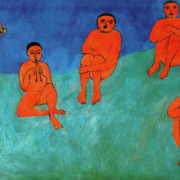The difficult patient in group: blendig the mayor psychoanalitic prespectives
Abstract
As Horwitz (1977) noted, “Paradoxically, the very qualities and deficits that make the …patient a problematic group member are the same deficits that are often best treated in a group setting” (p.404). This is because group psychotherapy is the medium nonpareil for highlighting and ameliorating the associated relationship conflicts that these difficult patients have. It has long been known that patients with chaotic, amorphous, and fragile egos are suited to group treatment because of the diminished intensity of transference compared to individual treatment and the opportunity for patients to self-titrate the intensity of their involvement (Freedman, Sweet, 1954). The group has a social reality of its own which counteracts these patients propensity to regress. Members can be quite supportive to one another. Read more

